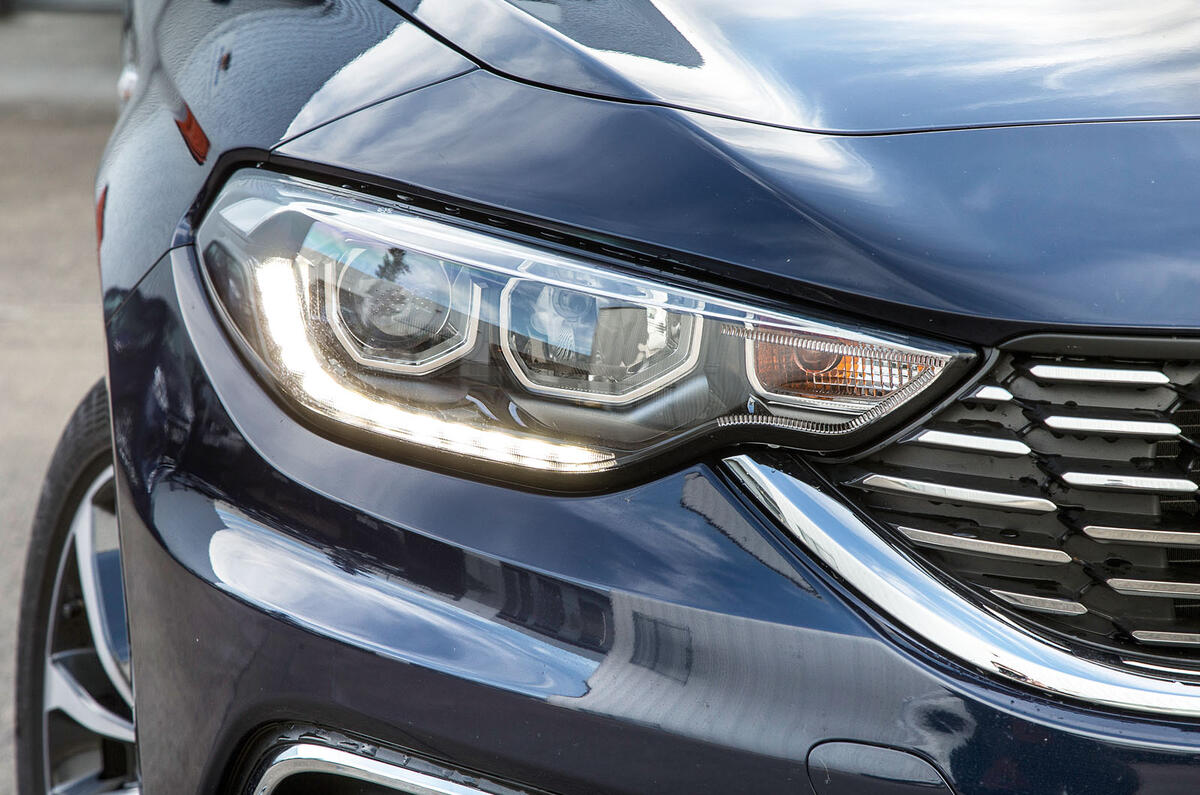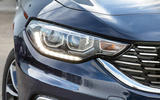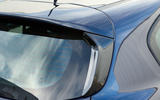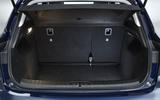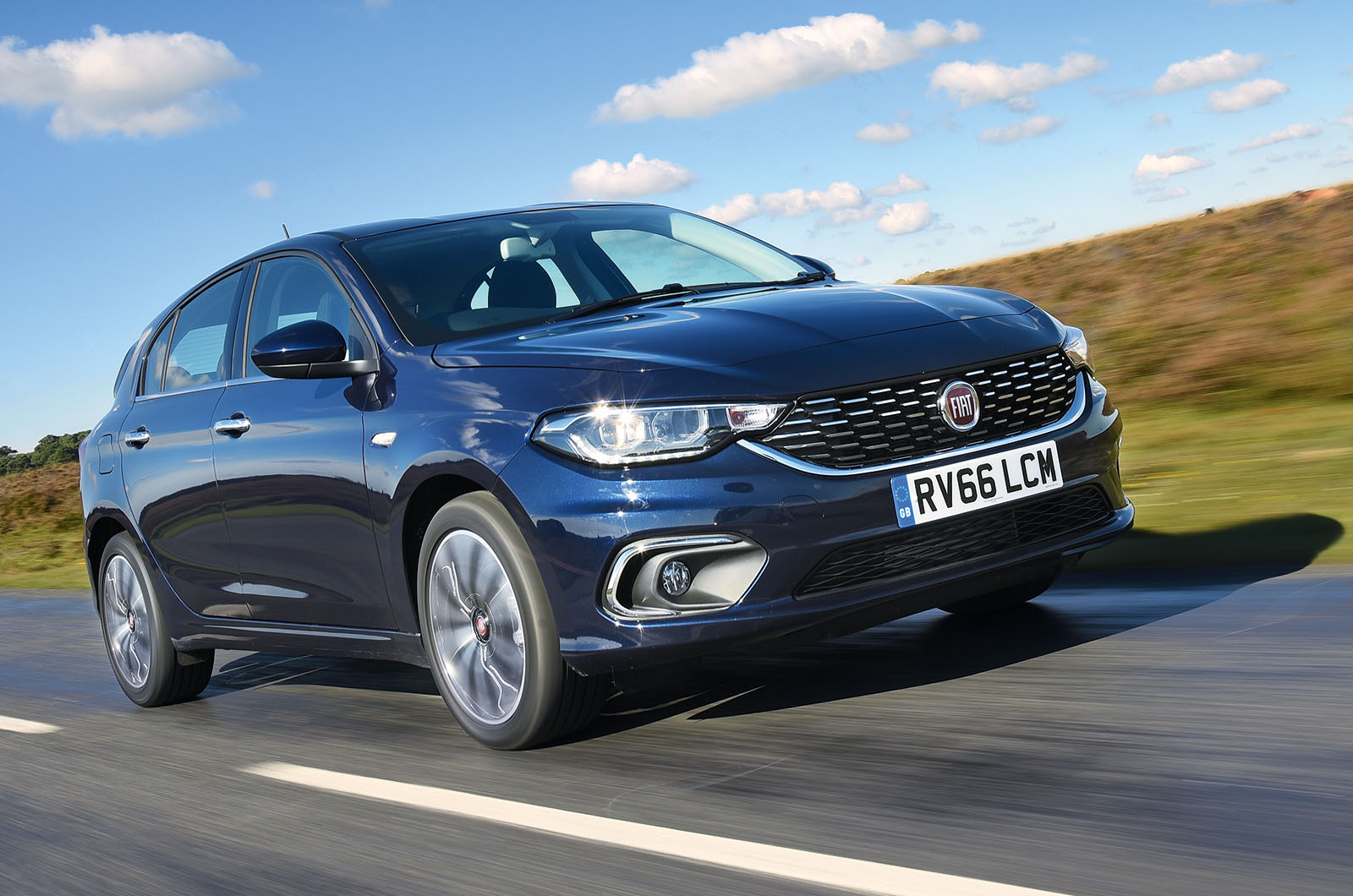The Tipo’s job here, whether Fiat likes it or not, is to deliver more for less: to beat the hatchback class’s prevailing standards on comfort, space and equipment while imposing little or no apparent compromise on material quality or fit and finish – and all at a price that’s relatively appealing in precisely the same way.
As unreasonable an expectation as it may seem, that’s exactly what the likes of the Nissan Pulsar, Hyundai i30 and Skoda Rapid Spaceback all do – admittedly with varying degrees of success.
And that’s because the customers who are paying less for their new car don’t actually expect to get less of any of the above considerations.
With its interior, the Tipo makes a pretty poor fist of its response to that challenge. It may seem adequate in most of the ways that will matter to bargain hunters, and there aren’t many places where the cabin feels cheap or austere.
But there is no escaping the pervasive impression that this is an interior designed and engineered with no greater ambition than to be passable. Nowhere is it genuinely good.
Although the Tipo outwardly looks as if it will be generously proportioned inside, cabin space is actually no better than average.
A Nissan Pulsar beats it hands down for passenger space and it doesn’t have much of an edge over a Ford Focus. The boot is deep but not particularly wide or long, and its sizeable lip makes it tricky to load heavy objects.
The front seats are a good size but a little too hard and flat to be described as comfortable. They also seat you higher and more bent-legged than you’d be in certain rivals (a packaging trick often employed to make extra second-row occupant space), and the front passenger only gets cushion height adjustment as an option.
The controls are conveniently located and the driving position itself is sound, with a roomy footwell featuring a decent rest for your left foot.
Oddment storage is again about passable; there are usable cupholders in the centre console and a good-sized armrest cubby, although the car’s door pockets could be bigger.
Material quality varies from okay (column stalks, steering wheel switchgear) to poor (shiny, unyielding interior door and centre console mouldings).
As a result, in more ways than one, the Tipo fails to make the kind of first impression it really needs to do in order to win friends in one of the most crowded market segments of them all.
When we first drove the Tipo on its European press launch in Italy earlier this year, the range-topping versions were fitted with a 7.0in touchscreen infotainment system, dubbed ‘Uconnect HD Live’. It didn’t seem half bad, offering decent satellite navigation mapping at a clear and readable scale, easy Bluetooth connectivity and both Apple CarPlay and Android Auto smartphone mirroring functionality.
But somewhere between that launch and the UK sales introduction, Fiat UK has decided to ‘de-content’ upper-level Lounge trims and offer only the 5.0in Uconnect system as standard.
This lesser set-up still offers DAB radio and limited smartphone app online functionality, allowing you to stream music and connect with social media, but its screen is small, its navigation mapping is tricky to read and its responsiveness often disappointing.
Positioned high on the dashboard and perfectly flush with the fascia, the screen is also very difficult to read in direct sunlight. Audio quality is at least respectable.



